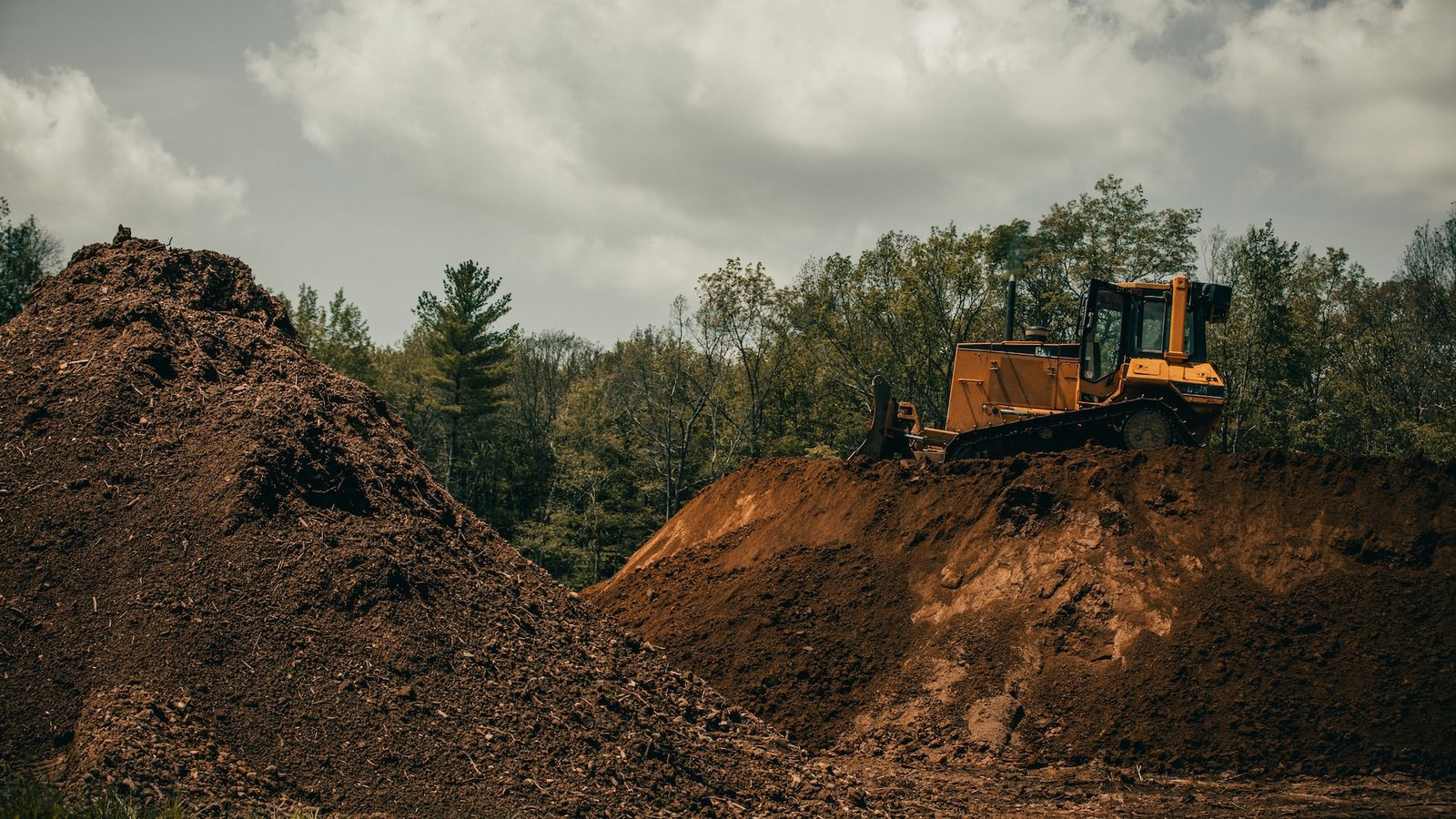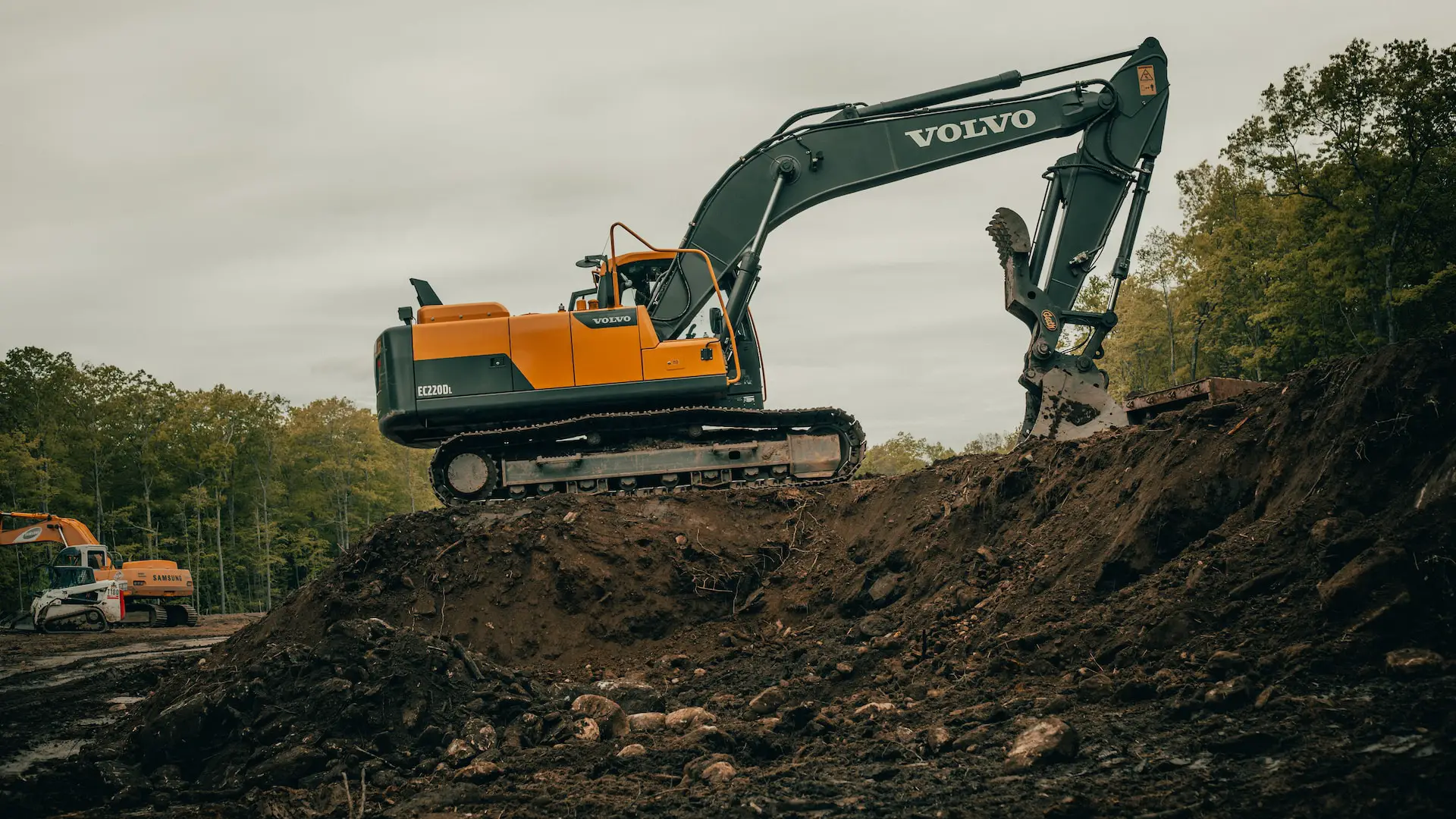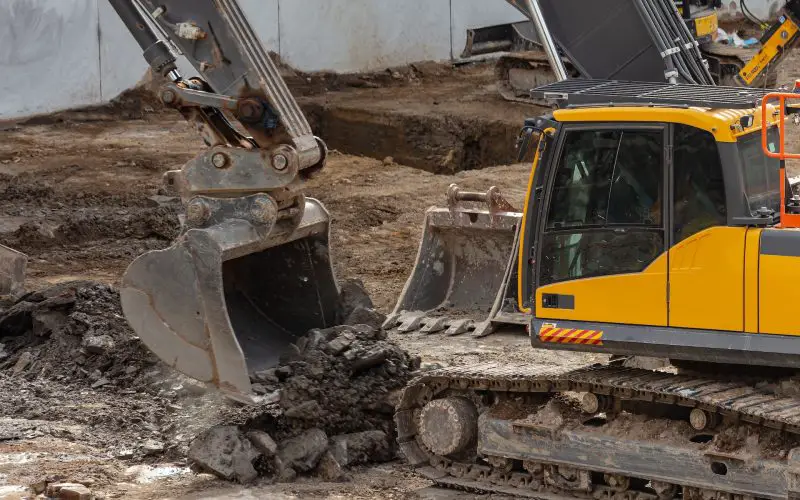Excavation is a notoriously dangerous job to be in, partly thanks to the nature of the job. Workers are using large, powerful machines to literally move the earth and, as a result, put themselves in harm’s way each and every day. Nonetheless, there are several ways in which companies can make the job less hazardous, from the equipment to ensuring strict PPE protocols are observed. This article explores some of the key methods that any company operating in this field can use to make an inherently hazardous work environment that little bit safer.
Conduct A Thorough Risk Assessment
Before you can really get into the weeds regarding the processes you need to implement, you must first understand what you are doing right and what you’re doing wrong. Conducting a thought risk assessment is vital to improving overall safety regarding a huge gamut of factors. This can be from communication (discussed later) to ensuring you are using adequately rated equipment for the jobs at hand. When it comes to your machinery, you need not only to check the more prominent pieces but also the items that connect and move everything around.
Pay particular attention to your connections to ensure you use the very best, such as those from Rud.com.au, who make some of the world’s strongest linkages. By systematically analyzing each job task and area of the site, contractors can pinpoint risks like unstable soil conditions, heavy equipment operation, and more. The information you gather can then be used to brief site managers and workers on hazards and instruct them on safe working practices.
Ensure Workers Are Trained Properly
Although this should be a given, you will be surprised at how many sites will accept new employees and put them to work without adequate on-the-job training. Even if they are fully qualified to operate machinery and work on an excavation site, they may be unaware of job-specific protocols pertaining to this site. Contractors must provide orientation for new hires to outline company safety policies and identify the potential dangers inherent in excavation work. Role-specific training is also vital to ensure workers know how to operate heavy machinery safely, install protective systems correctly, and watch for signs of unstable soil. Refresher sessions keep experienced employees from developing bad habits over time.
Moreover, the training should be hands-on to reinforce safe working practices and give workers the confidence to stop a job if they see an unsafe condition that could jeopardize their safety and that of their colleagues. In addition, you should endeavor to provide proper documentation that training was completed that will help you avoid potential liability if OSHA or the health and safety organization of a particular jurisdiction conducts an inspection. A trained workforce is not only safer but can also help ensure projects are completed on schedule and under budget by avoiding unnecessary injuries.

Use Appropriate Safety Equipment When On-Site
Personal protective equipment (PPE) can save lives. It isn’t merely a recommendation, but in some situations, it may be a legal requirement to provide all workers on-site with access to safety gear that is rated for the job. Some of the primary equipment to have accessible is the usual array of:
- Hard hats
- Gloves
- Safety glasses
- Steel toed boots
- High visibility vests
However, in some instances, you may be required to offer more spoiled equipment like respirators, face shields, etc. By strictly enforcing equipment use, you can demonstrate your commitment to safety culture and the all-important OSHA compliance. It also empowers workers to look out for their own protection, particularly when working around enormous machines and heavy loads. However, you need all site managers on board, as they will be the ones implementing the rules (and any penalties for infractions). To make things easier, you should dedicate an entire section of training towards ensuring safe working practices, including why it’s so critical to use and how to properly wear the PPE provided.
Establish Clear Communication Protocols
Communication can be difficult on excavation sites because of the noise and dust. This is why it’s so vital to establish clear lines of communication and protocols to follow if things hit the fan. Daily meetings help disseminate schedules, discuss potential issues, and allow concerns to be voiced before they escalate. Having a clearly defined chain of command assures someone is readily available to answer questions and address problems. Emergency protocols like what to do if a utility is damaged or a worker is injured provide critical guidance. Radio contact between heavy machinery operators, their spotters, and other staff on the ground facilitates precise coordination, especially if the site is teeming with activity. Moreover, communication also extends to allowing employees to air their grievances and report unsafe working practices. While delays can be frustrating when dealing with these issues, they pale in comparison to highly damaging litigation that might arise if they went unremedied.

Secure The Excavation Site Perimeter
Site safety extends beyond the immediate vicinity of the excavation area. Controlling access to the site is another critical part of job site safety. With a range of hazards to contend with, it’s important to secure the site perimeter in order to protect both workers and passersby. Whether in urban areas or outlying construction zones, well-installed barriers help prevent unauthorized entry into work areas. Perimeter security also protects against theft or vandalism that could compromise safety systems. Contractors should control all entry points and ensure gates can be locked after hours. Marking excavations with signs and high-visibility devices further deters people from entering hazardous zones. Moreover, they should strictly comply with the zone you are working in, with densely populated urban areas often having far stricter protocols to adhere to than rural ones.
Regularly Inspect Equipment And Tools
Well-maintained tools and equipment ensure your team is safe and can make the job go far more smoothly. When it comes to this kind of work, smoothness is equal to fastness! This means using first-party parts when feasible and keeping to any maintenance schedules recommended by the manufacturer. It also means training your staff to inspect things before they start their daily duties.
By adhering to a robust set of protocols, excavation sites can made into highly safe environments that keep your staff safe and operations running as they should. The suggestions in the post are just the beginning; to find out if there is anything else you can do, you should look into your area’s health and safety policies.








